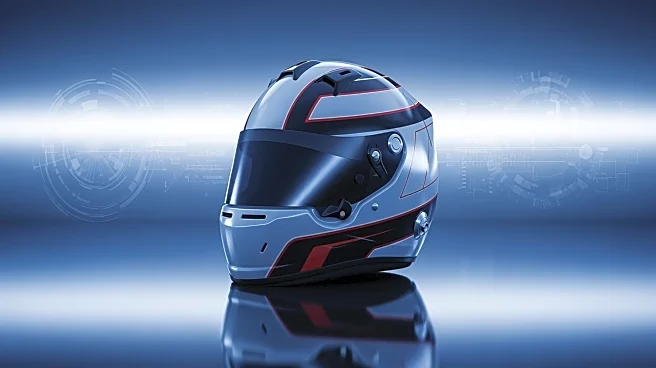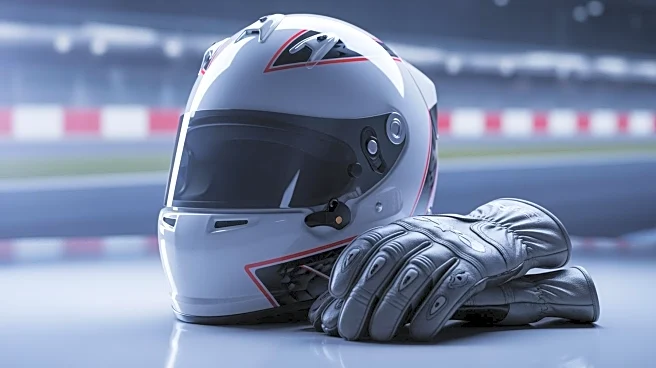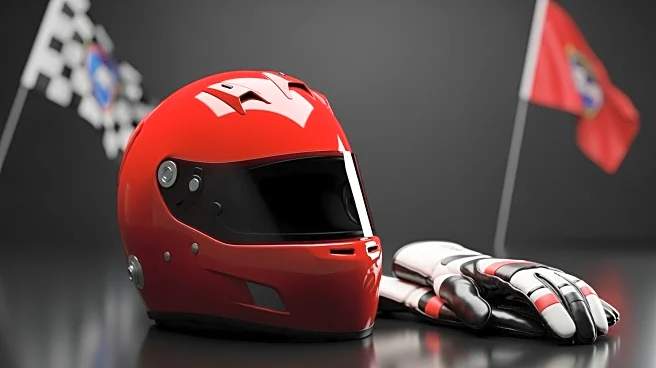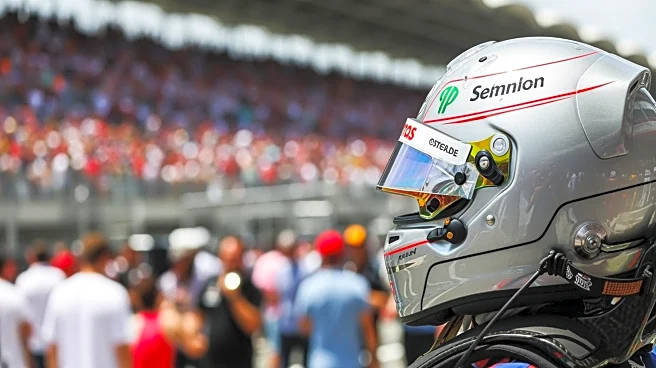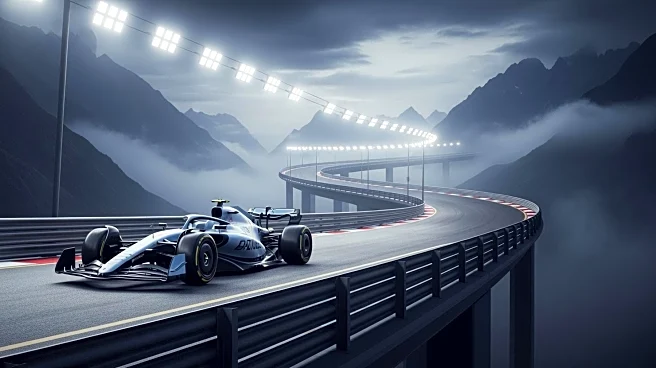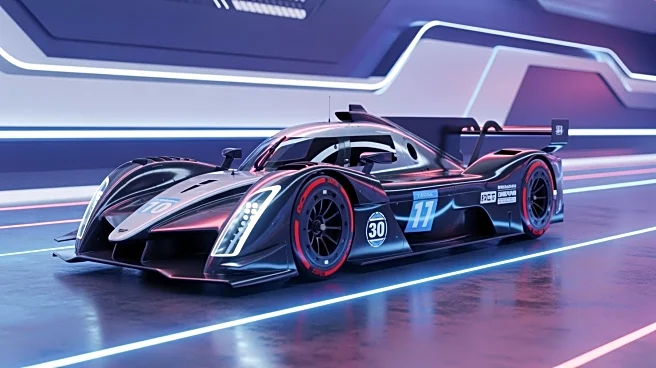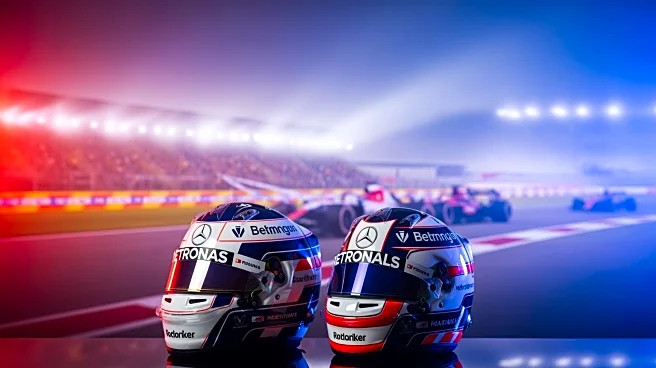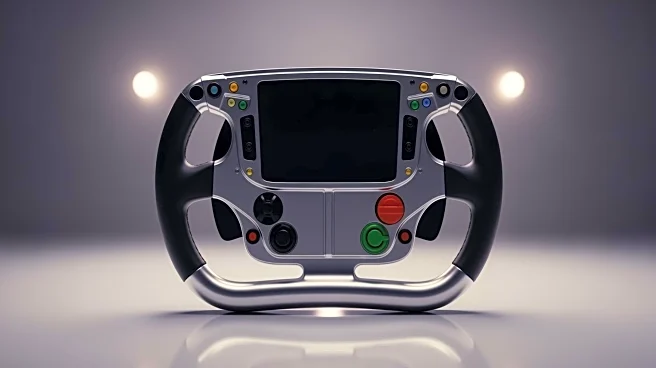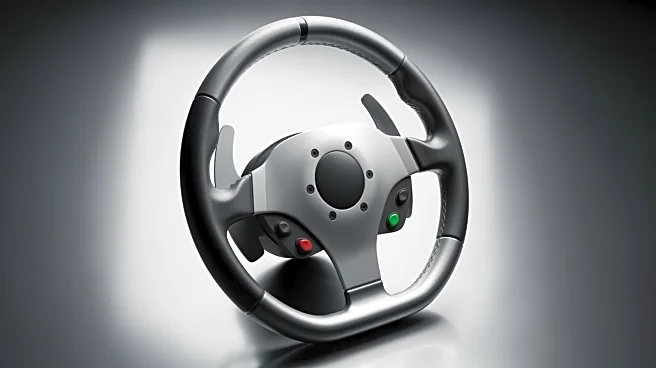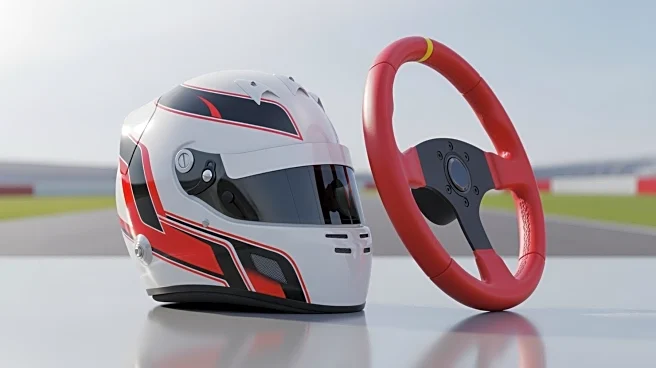What's Happening?
During the second practice session of the Mexico City Grand Prix, Max Verstappen of Red Bull Racing led the field, setting the fastest time ahead of Charles Leclerc and Kimi Antonelli. The session saw
drivers returning to action after missing the first practice, with conditions warm and dry. Antonelli faced technical issues with his Mercedes W16, initially instructed to 'limp home' but managed to continue running. The session highlighted the competitive pace of Verstappen, despite challenges with grip reported by several drivers.
Why It's Important?
Verstappen's performance in the second practice session reinforces his position as a leading contender in the championship race. The technical issues faced by Antonelli and grip challenges reported by drivers like Verstappen and Russell indicate potential areas of concern for teams, which could affect their strategies and performance in the upcoming race. The session's outcomes may influence team decisions on vehicle setups and tire choices.
What's Next?
Teams will likely focus on resolving technical issues and optimizing grip as they prepare for the qualifying sessions and the main race. Verstappen's strong performance sets a competitive tone, prompting rivals to strategize on how to close the gap. The insights gained from practice will be crucial in shaping team strategies and driver approaches for the remainder of the Grand Prix.
Beyond the Headlines
The technical challenges faced by drivers highlight the complexities of vehicle engineering and the importance of adaptability in Formula 1. As teams work to address these issues, the role of technology and innovation in enhancing performance becomes increasingly significant, potentially driving advancements in vehicle design and race strategies.
